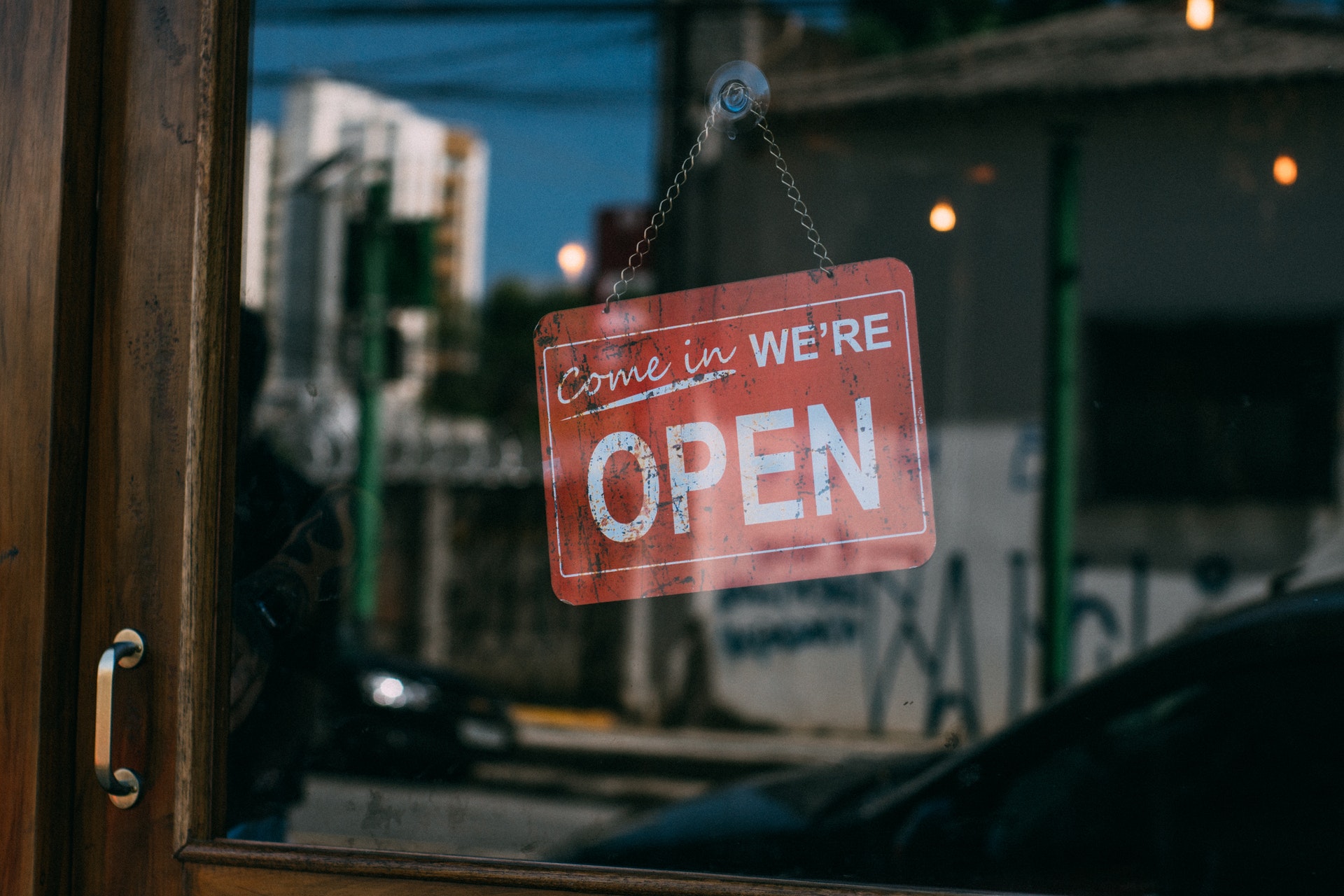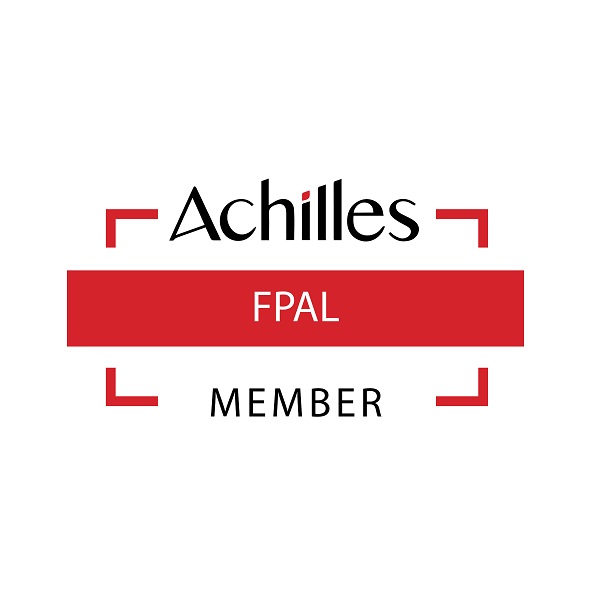APT Translation Services
APT delivers accurate language translation services across multiple time zones to international and national clients
APT Translation Services
APT has been providing ISO 9001 certified translation services for its clients since 1974 into more than 150 languages. We can get the job done quickly, accurately and for the best value. Every translation is supported by our guaranteed quality assurance. Learn more about our solutions:
Legal Translations
APT delivers secure, accredited language translation services to international law firms
APT Translation Solutions
We have a wealth of expertise translating documents for the engineering, energy, financial, legal and medical sectors as well as websites, apps and digital content for e‑learning, consumer and public sector. To find out the level and scope of our work, management and technologies browse our case studies.
Cyber Essentials Certified
APT | SECURITY
APT is Cyber Essentials certified. Cyber Essentials is a government-backed, industry supported scheme to help businesses and other organisations protect themselves against common cyber attacks.
Quality Translation Services
We know what your business means to you, so we want to deliver the best to you. Our robust quality assurance system is specially designed to engage only top rated translators for projects of our clients. APT, a founder member of The Association of Translation Companies, is fully accredited by ISO 9001:2015 and meets the Cyber Essentials Implementation Profile.
Our Office
We pride ourselves on our flexible approach to every client and project. We will always try to respond to an enquiry, with a quote, within 24 hours and are happy to provide a test piece of work – free of charge.
The Mews
6 Putney Common
London SW15 1HL
United Kingdom
+44 (0)20 8246 4050
enquiries.global@aptlimited.co.uk




















































